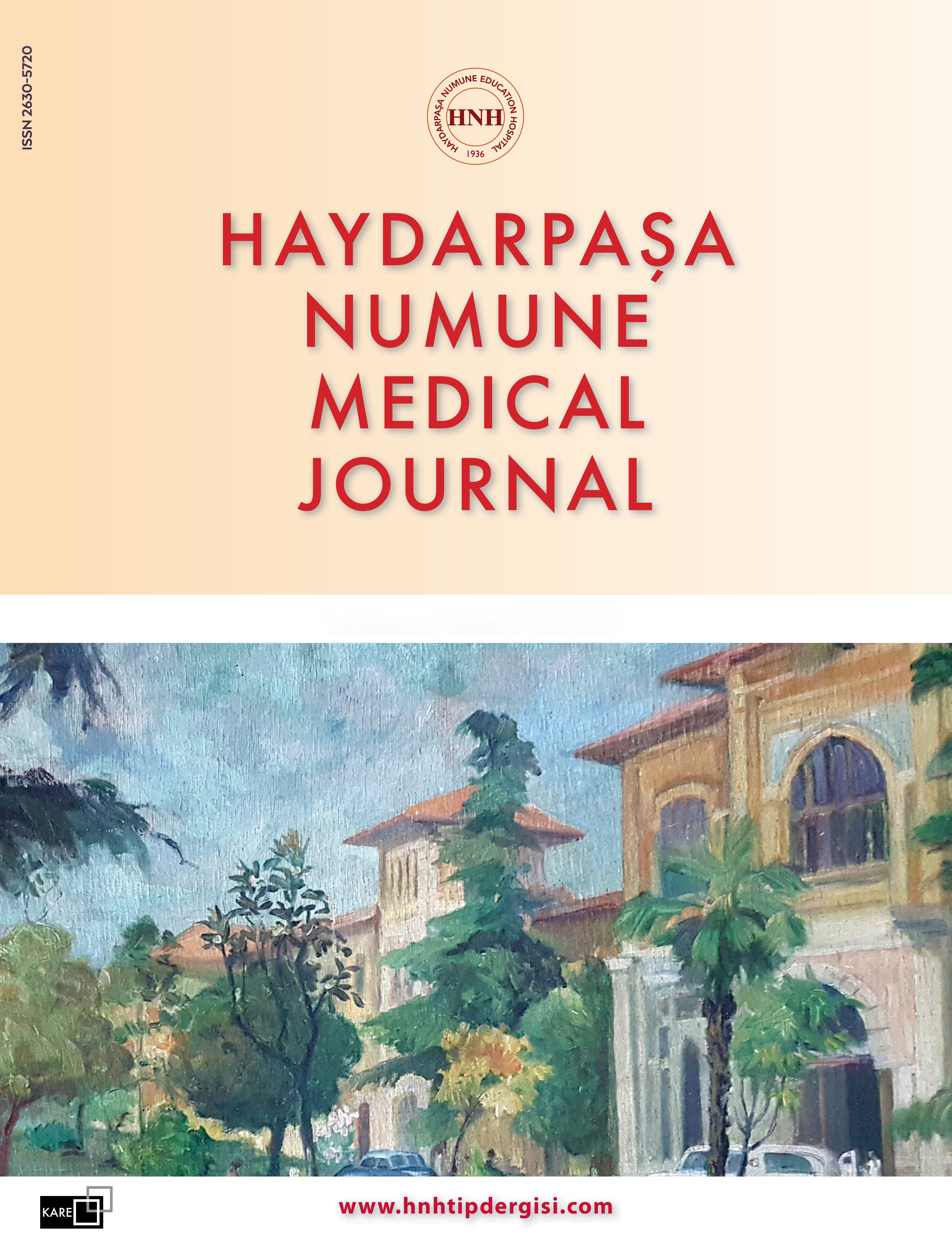Blood Group: One of the Indicators of Poor Prognosis in Crimean-Congo Hemorrhagic Fever?
Orçun Barkay, Faruk KarakeçiliDepartment of Infectious Diseases and Clinical Microbiology, Erzincan University Faculty of Medicine, Erzincan, TürkiyeINTRODUCTION: Crimean-Congo Hemorrhagic Fever (CCHF) is a severe zoonotic disease characterized by a spectrum of clinical manifestations, including fever and organ bleeding. Specific endemic regions, such as Türkiye's Kelkit Valley, have established prognostic classification systems that notably exclude considerations of blood groups. This study aims to contribute to this evolving field by assessing whether blood groups play a significant role in the course of CCHF.
METHODS: The study involves 368 patients who were followed up at our clinic between 2011-2023. Statistical analyses were conducted to evaluate the relationships between demographic characteristics, blood groups, severe case presentations, and mortality rates. The relationships between blood group, gender, age, severe case status, and death status were assessed.
RESULTS: Our findings indicate that individuals with blood group A (+) exhibited a significantly higher rate of severe CCHF cases. However, blood group did not significantly affect mortality rates. Notably, advancing age was identified as a risk factor for mortality.
DISCUSSION AND CONCLUSION: This study contributes valuable insights into the interplay between blood groups and CCHF outcomes, suggesting that blood group A (+) may be associated with an elevated risk of severe disease. Understanding the role of blood groups in CCHF may inform risk assessment and potential personalized therapeutic interventions in the future.
Manuscript Language: English
















